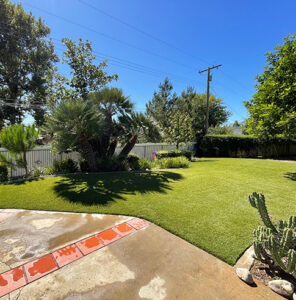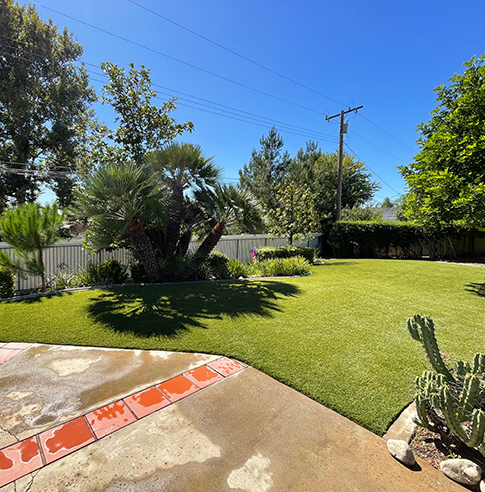Waterless grass, also known as artificial grass made from plastic, offers numerous environmental benefits, making it an eco-friendly alternative to natural grass. Here are some of the key advantages:

-
Reduced Air Pollution:
- Waterless grass eliminates the need for lawn mowers, reducing air pollution associated with their operation.
- Lawn mowers emit pollutants, and choosing artificial grass helps minimize these harmful emissions.
-
Lower Carbon Footprint:
- Artificial grass has a lower carbon footprint compared to the ongoing maintenance required for natural grass.
- The production and maintenance processes of waterless grass involve fewer emissions, contributing to environmental sustainability.
-
Elimination of Harmful Runoff:
- Natural grass lawns often require fertilizers and pesticides, leading to harmful runoff during rainfall.
- Waterless grass eliminates the need for these chemicals, reducing the risk of pollutants entering water bodies and causing environmental harm.
-
Decreased Smog-Inducing Hydrocarbons:
- Cutting natural grass releases hydrocarbons into the air, contributing to smog and poor air quality.
- Waterless grass doesn’t require regular cutting, minimizing the release of smog-inducing substances.


Leave a Reply